This could well be the best time of the year to drop in on the Point Lobos State Preserve south of Carmel — with lingering summery warmth but just enough of the fog layer remaining to make things interesting.
If you’re really determined, you’ll wait till sunset like Dan Mitchell did the other day to get that reddish glow that makes pretty landscapes even prettier. Mind you, Dan’s investment in high-quality photography gear kinda/sorta obliges him to wait around for good light (and you could find a lot worse places to wait around). I travel cheap and take what I get along the way, lightwise. Fortunately, Point Lobos tends to be redundantly spectacular — there’s a dozen little coves with swirling water, crashing surf, seagulls riding pieces of driftwood and sea lions barking in the distance — so even hacker with a cheap point-and-shoot can find a few choice images.
It’s hard enough for still photography to convey a static landscape like a mountain range or patch of forest, but an active coastline like this is really impossible — there’s just too much motion, whether it’s waves, birds, or sea otters whose heads you can see bobbing in and out of a flat expanse of shimmering water. And too much sensation: the best cinematography blasted onto a gigantic screen lacks the push of a strong breeze or the scent of life in tidal pools (some of these tend to reek, but hey, be glad you’re outdoors).
And that’s just walking on the shore. Diving and paddling would be immersion therapy.
So, now that I’ve created suitably low expectations for my pictures, let’s take a look at ’em:
The Pacific Ocean comes crashing along near Granite Point at the park’s northern end. That’s the Monterey Peninsula in the far background. Good sun gives the ocean that deep, deep blue.
A great egret poses for a picture. They’re calm posers and majestic fliers. They seem to understand they can just fly away when troubles arise.
A few hardy wildflowers bloom in the brush near the rocks.
A sandstone pinnacle near Granite Point provides a handy framing device.
Point Lobos has excellent pines — if you can tear yourself away from the ocean, you can take nice walks in the woods nearby.
We parked at Whaler’s Cove, which has a little whaling museum, which includes this swell drawing of a whale being cut up. The world’s whales would like to thank us for switching to electric lights and oil dug from the ground.
Later we went to the far southern end of the park and worked our way up the coastline.
Clouds cooperated by dancing across the sky.
Erosion leaves strange shapes in the sandstone. What’s interesting to me is how many similar crazy shapes can be found up in the Santa Cruz Mountains at places like Castle Rock and Sanborn Skyline County Park. All of it used to be ocean bed before the continental plates did that drifting thing.
A tidal pool in the foreground has crystal-clear seawater.
More clouds painting pretty pictures.
After about four hours at Point Lobos we decided to head south along Highway 1 and enjoy the ride, and the scenery.
The coast, near Big Sur. Prettier than usual, which is difficult to imagine.
Parasailers near the beach at San Simeon. We didn’t go to the castle.
Late afternoon, on the drive back up the coast.
Clouds along the coastline south of Big Sur.



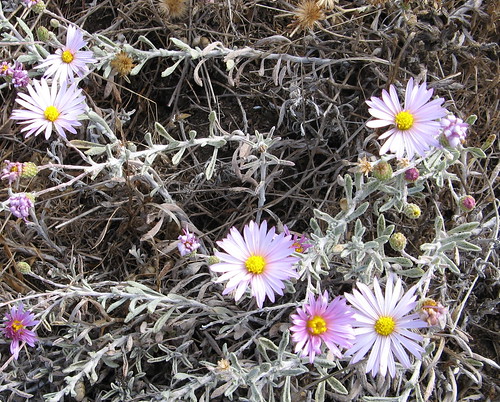

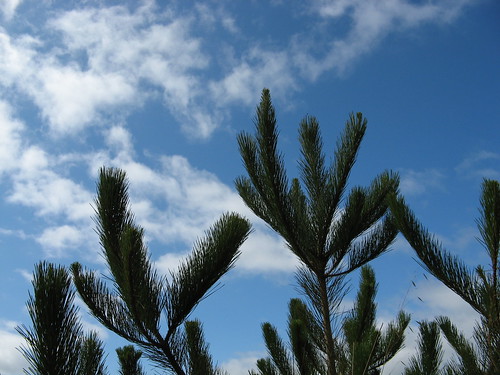
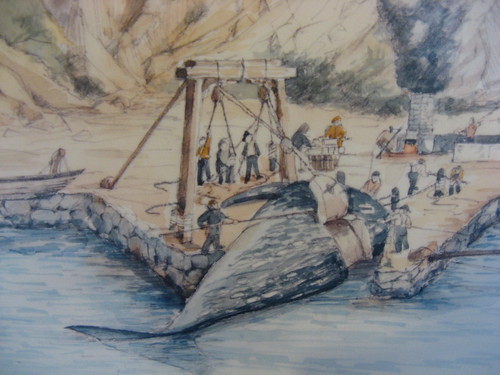
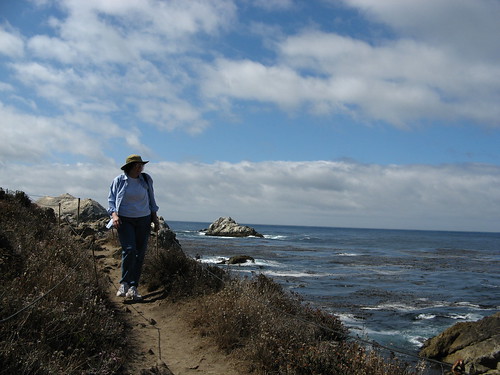
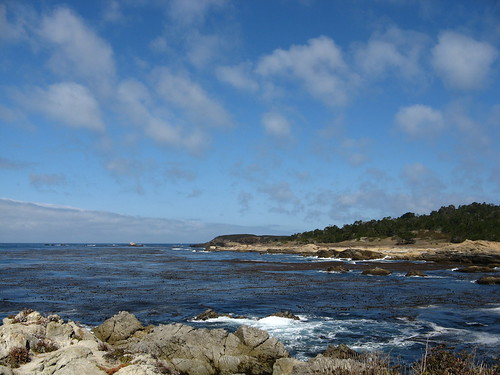
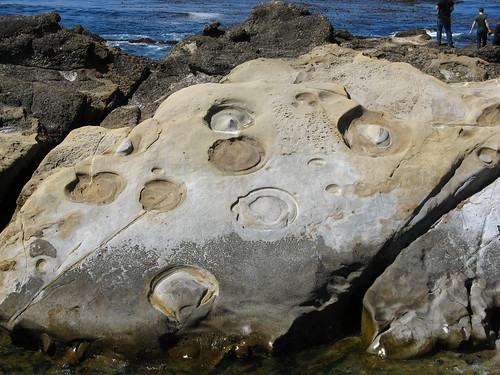
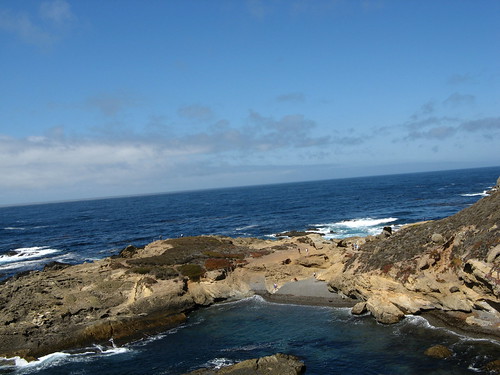


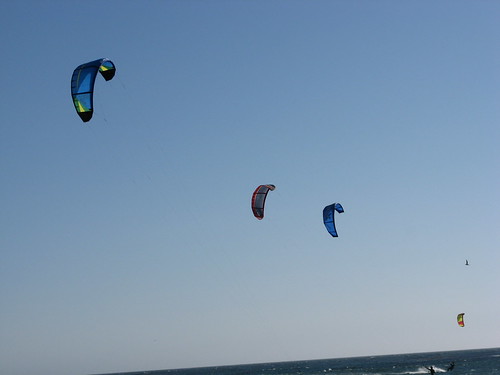
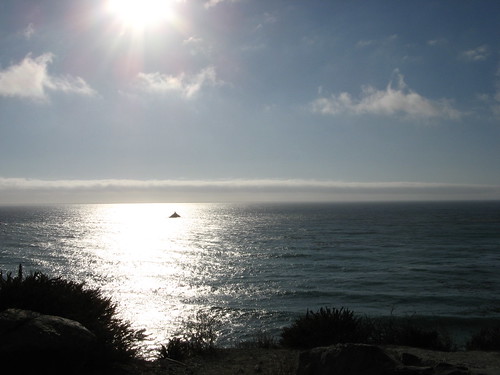

If you are at Point Lobos and come across one of the docents with a full white beard and floppy hat, like yours, who seems to know a lot about geology. That would be my dad. Say hello for me.